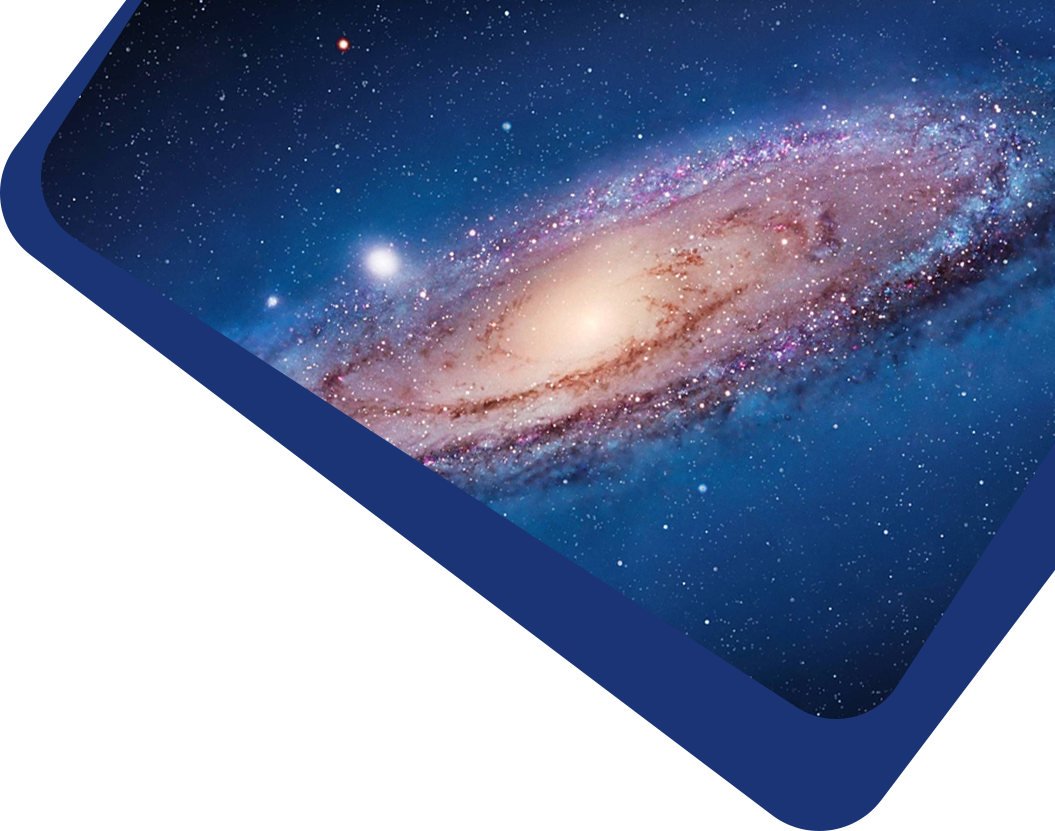We present a comprehensive mid-infrared spectroscopic survey of 124 Herbig Ae/Be stars using newly processed Spitzer/IRS spectra from the newly released CASSISjuice database. Based on prominent dust and molecular signatures (polycyclic aromatic hydrocarbons (PAHs), silicates, and hydrogenated amorphous carbons), we classify the stars into five groups. Our analysis reveals that 64% of the spectra show PAH emission, with detections peaking in the stellar effective temperature range 7000–11,000 K (B9–A5). Silicate features appear in 50% of the sample and likewise diminish at higher temperatures. Additionally, we find that future PAH studies can focus on Herbig Ae/Be stars with a spectral index n2−24 > −1 and flared morphologies to maximize PAH detections. The 6.2 μm PAH band is the most frequently observed in our sample, shifting blueward with increasing stellar temperature, and this is the largest sample yet used to test that peak shift. The weaker 6.0 μm feature does not shift with 6.2 μm, implying a distinct origin of C=O (carbonyl) or olefinic C=C stretching relative to C–C vibrations. We examined the 11.0/11.2 μm PAH ratio using high-resolution Spitzer spectra for the first time in a sample of Herbig Ae/Be stars, finding a range of ionization conditions. This study provides a strong foundation for future JWST observations of intermediate-mass pre-main-sequence stars.



